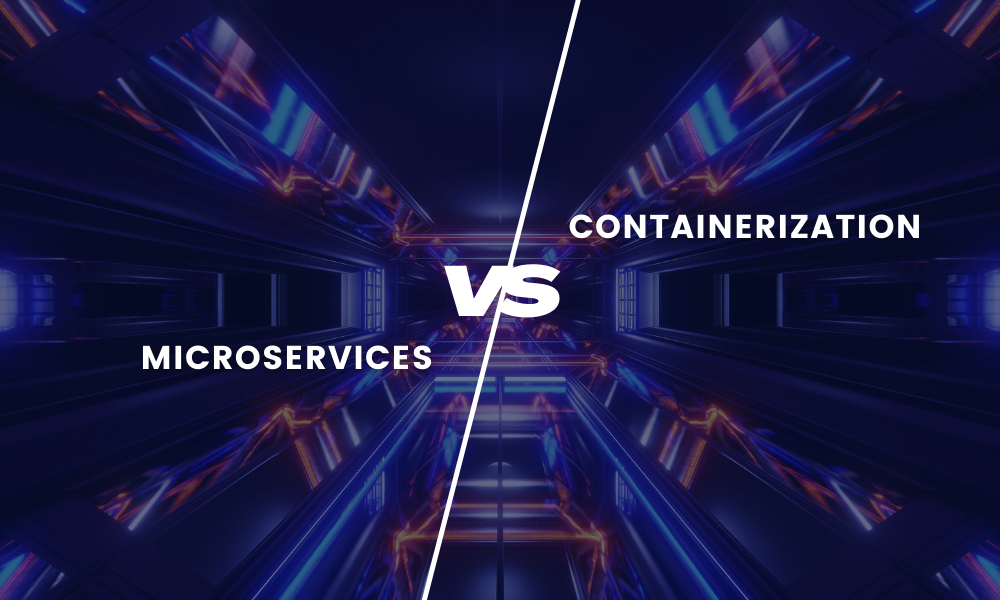In the current fast-paced software development world, continuous integration and continuous deployment (CI/CD) have become essential practices for delivering high-quality software quickly and efficiently. Whether experienced developers or just beginners in this field, understanding CI and CD can significantly enhance their workflow and productivity.
The global software market valuation stands at $704 billion in 2024, which will possibly go beyond $898 billion by 2029. The industry includes software for multiple purposes, both for individual and commercial usage. This growth highlights the increasing reliance on software solutions across various sectors.
This blog will enlighten you with the essentials of CI/CD, its importance, and other elements. Let's dive in and explore everything you need to know about CI and CD!
What is CI/CD?
Continuous integration and continuous delivery/deployment, also known by their abbreviation CI and CD streamline the procedures of software development and updates. The methodologies assist in limiting complexities and boost efficiency while developing software. It is a segment of DevOps that amalgamates development and operations. Nevertheless, both the mechanisms possess certain differences.
CI/CD partially or entirely automates manual human intervention required to generate new codes for software development. The process ensures fixing bugs, eliminating code failures, and continuous flow of new features by delivering codes into production consistently.
The key fundamentals of CI and CD are single source repository, repeated check-ins to main branch, automated builds, self-testing builds, frequent iterations, stable testing environments, maximum visibility, and predictable deployments.
What is CI?
Continuous integration (CI) involves frequently merging all code changes into the main branch of a shared repository. Each change is automatically tested when committed or merged, triggering an automatic build. This method ensures consistent integration and validation of code, which helps to detect issues early and makes development workflows smoother.
By following the process of combining changes frequently triggering automatic testing, and validation processes, developers can easily reduce the probabilities of code conflicts, even if multiple people work on one application.
What is CD?
Continuous delivery and development denote the mechanisms of the delivery and deployment of the tested software. These methodologies ensure the successful application of the tested software in a practical or operational setup like a company. CD basically automates the whole process of software release. It ensures error-free release of the software.
What is CI/CD Pipeline?
Continuous integration and continuous delivery pipelines are among the core elements of DevOps that merge the efforts of developing and IT teams while creating software. Software development includes several stages where developers strategize, execute, and monitor their development plans. Therefore, a CI/CD pipeline outlines the sequence of stages a software undergoes during its integration, development, and deployment.
The pipeline automates the stages and processes the software accordingly in the development phase. It is a pivotal component for developers intending to boost software quality and increase development speed.
Integrating and maintaining a pipeline initiates reliable and error-free development. In simple terms, the CI/CD pipeline streamlines the software development workflow, keeping a checklist of every necessary element.
Importance of CI/CD:
Continuous integration and continuous development encompass four major stages: build, test, deliver, and deploy. In all these phases, precision is essential, which developers often aim to achieve while creating software. The methodology assists in eliminating bugs that cause code failure in software development.
CI/CD automates manual tasks that typically require human intervention. Such attributes help limit complications, elevate efficiency, and optimize the total function. Moreover, the mechanism makes the whole software development cycle faster. Below are a few advantages of continuous integration and continuous delivery:
- Improve software quality: CI and CD allow developers to progress gradually in the development stages. Each phase offers the chance to search and fix bugs, improving the quality of the software.
- Smaller code changes: It is one of the technical benefits that CI and CD provide. As per this element, developers can incorporate small pieces of code at a time. Such a method makes it easier to change and manage a large number of codes at a time.
- Fault isolation: As per fault isolation, CI and CD enable the design of systems in a way that the identification of any error is not difficult. Developers can safeguard their software from damage by decreasing the scope of hurdles in the development procedure.
Final Words:
Alongside quality improvement, CI/CD also focuses on customer satisfaction by testing software deployment in an actual environment. Developers and companies can initiate continuous integration and continuous development with various tools offered by third parties. Nevertheless, when choosing a service provider for the configuration of such methods, ensure that the focus is on optimization and automation of the software development cycle.
Was the blog insightful? If so, you’ll surely like to explore more informative content from our blog archives.
Also Read:
A Guide to Understanding Lifi vs WiFi Differences
Elevate Your Tech Stack – Selecting a Reliable Backend Development Company





